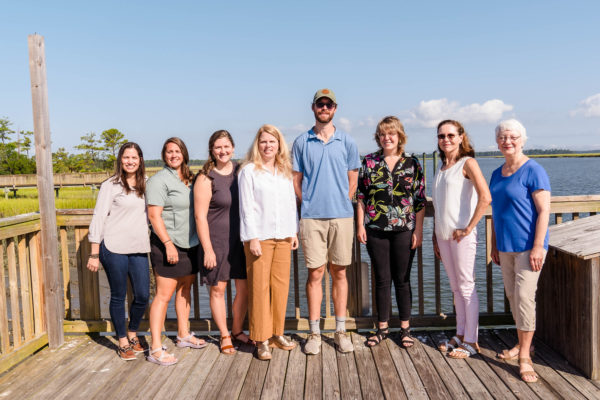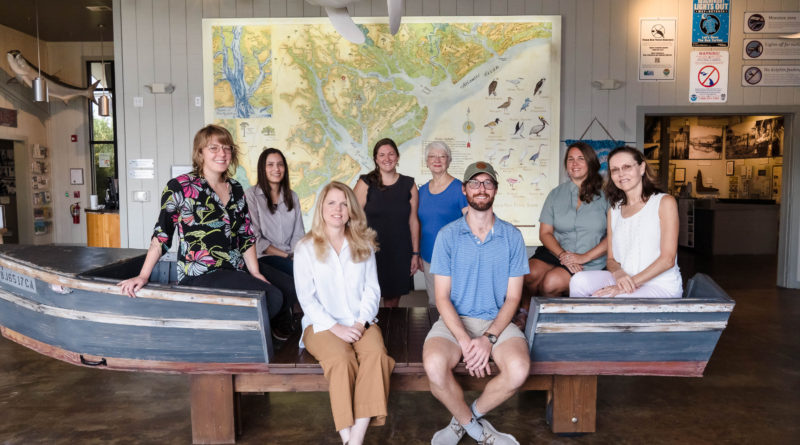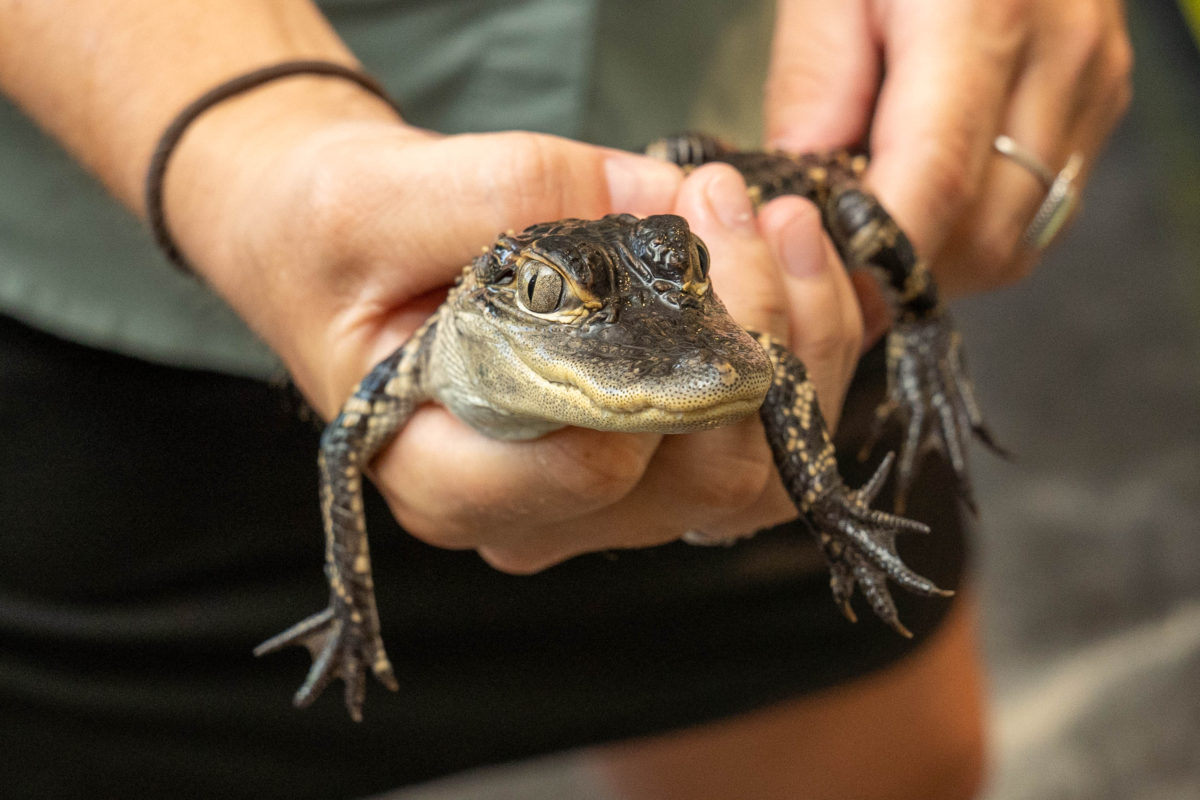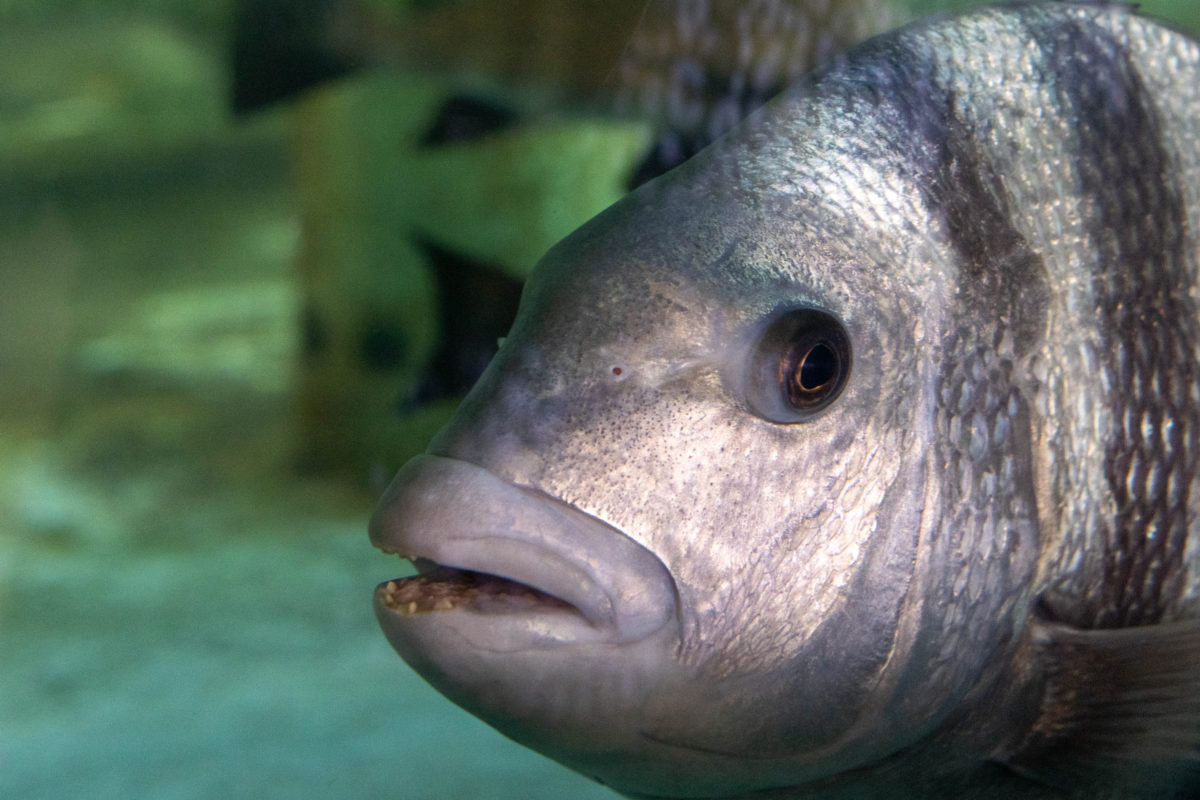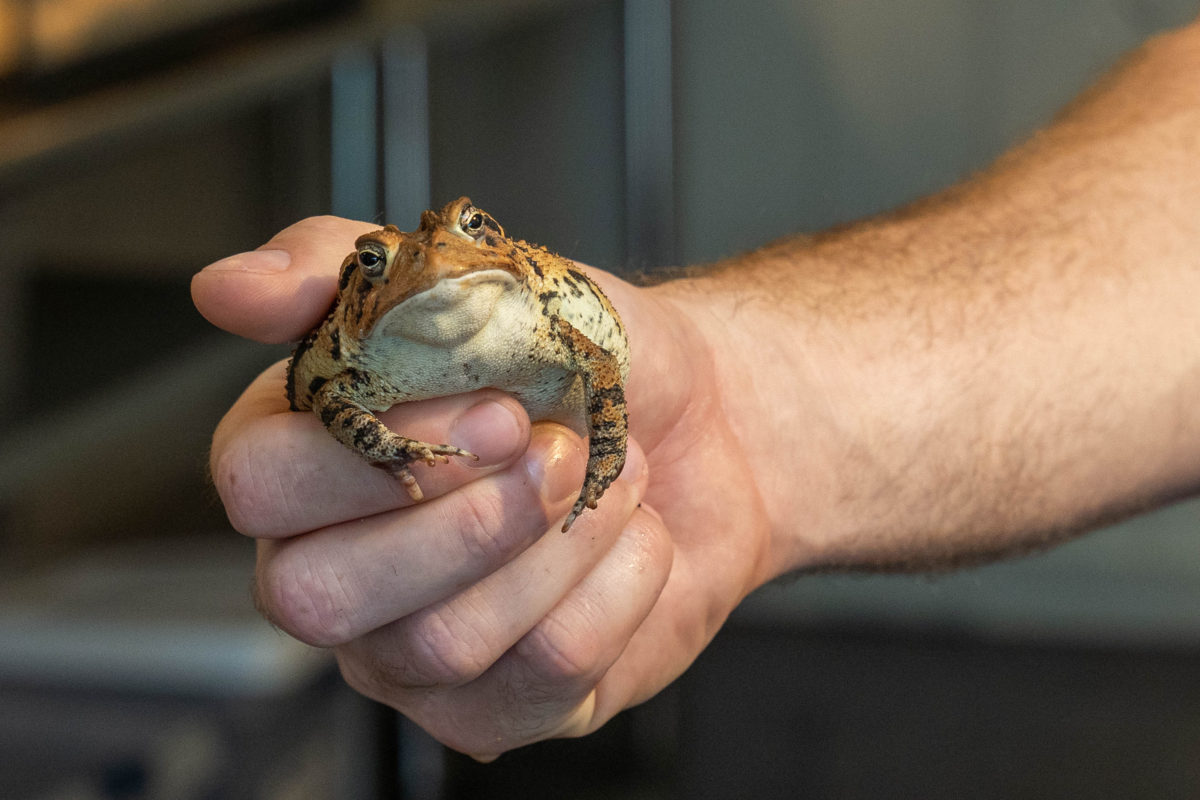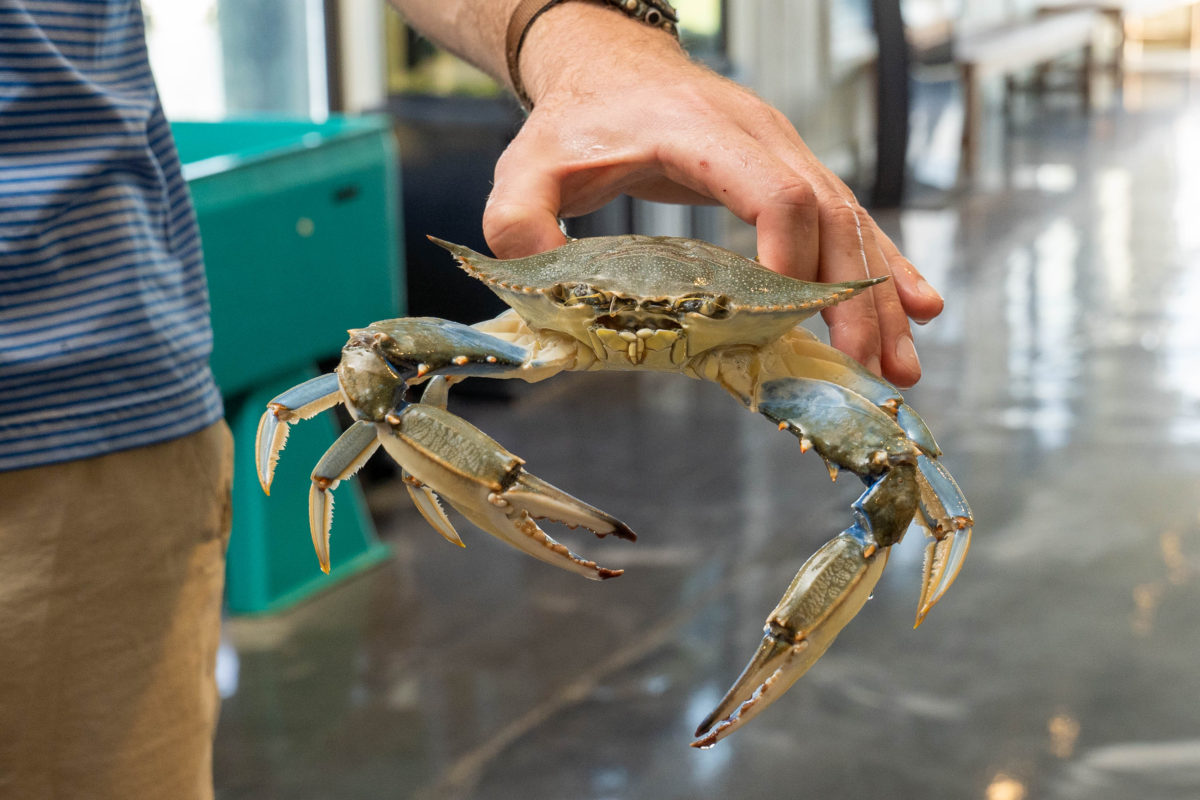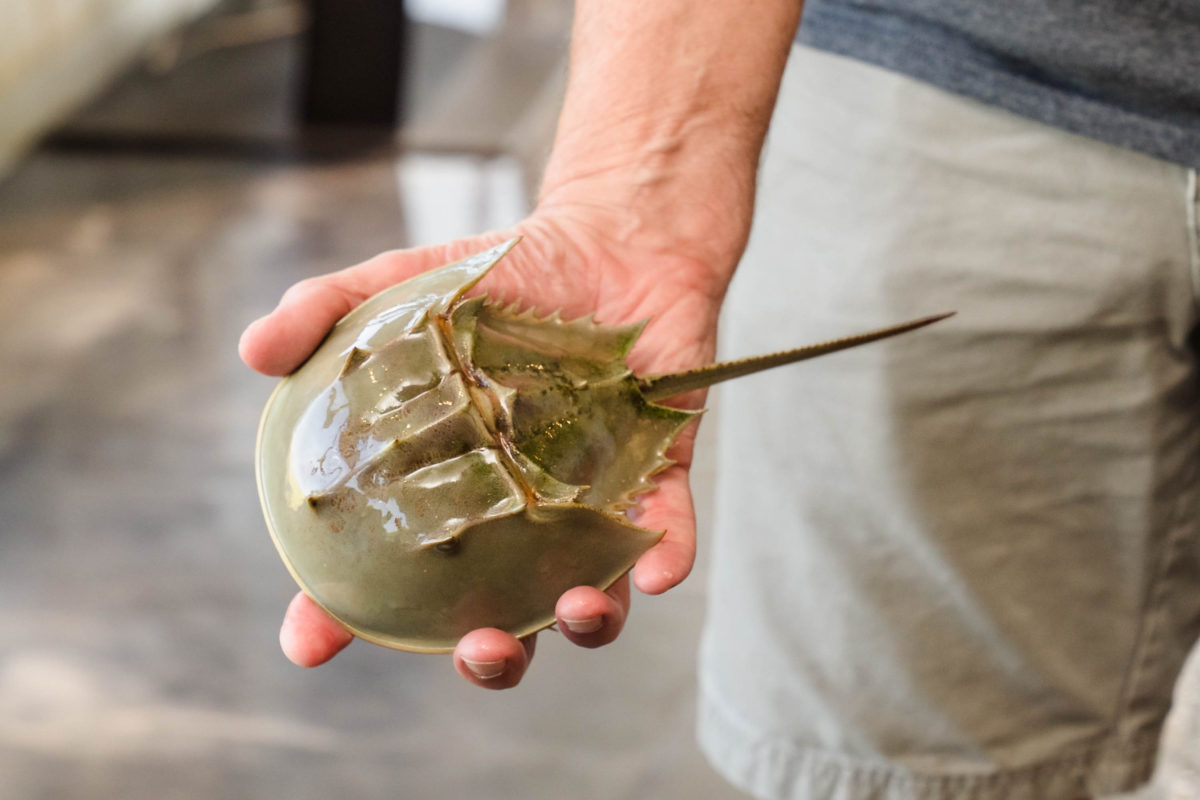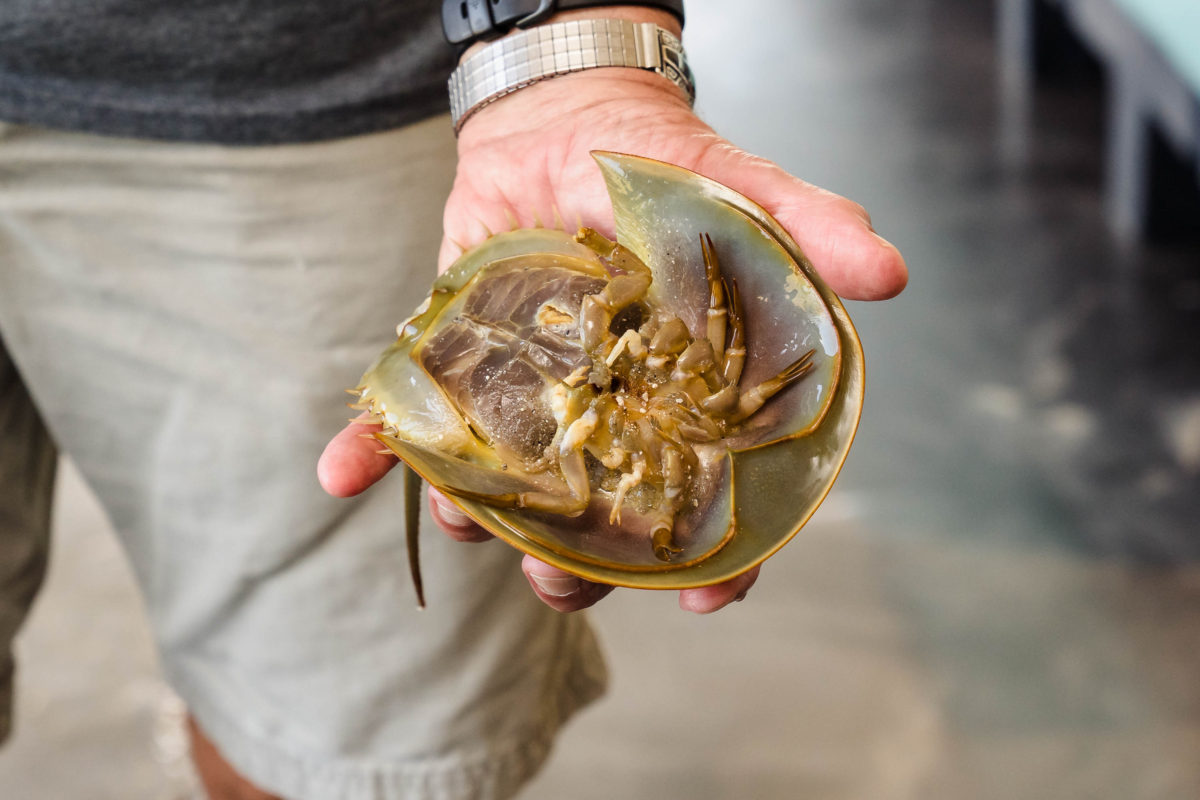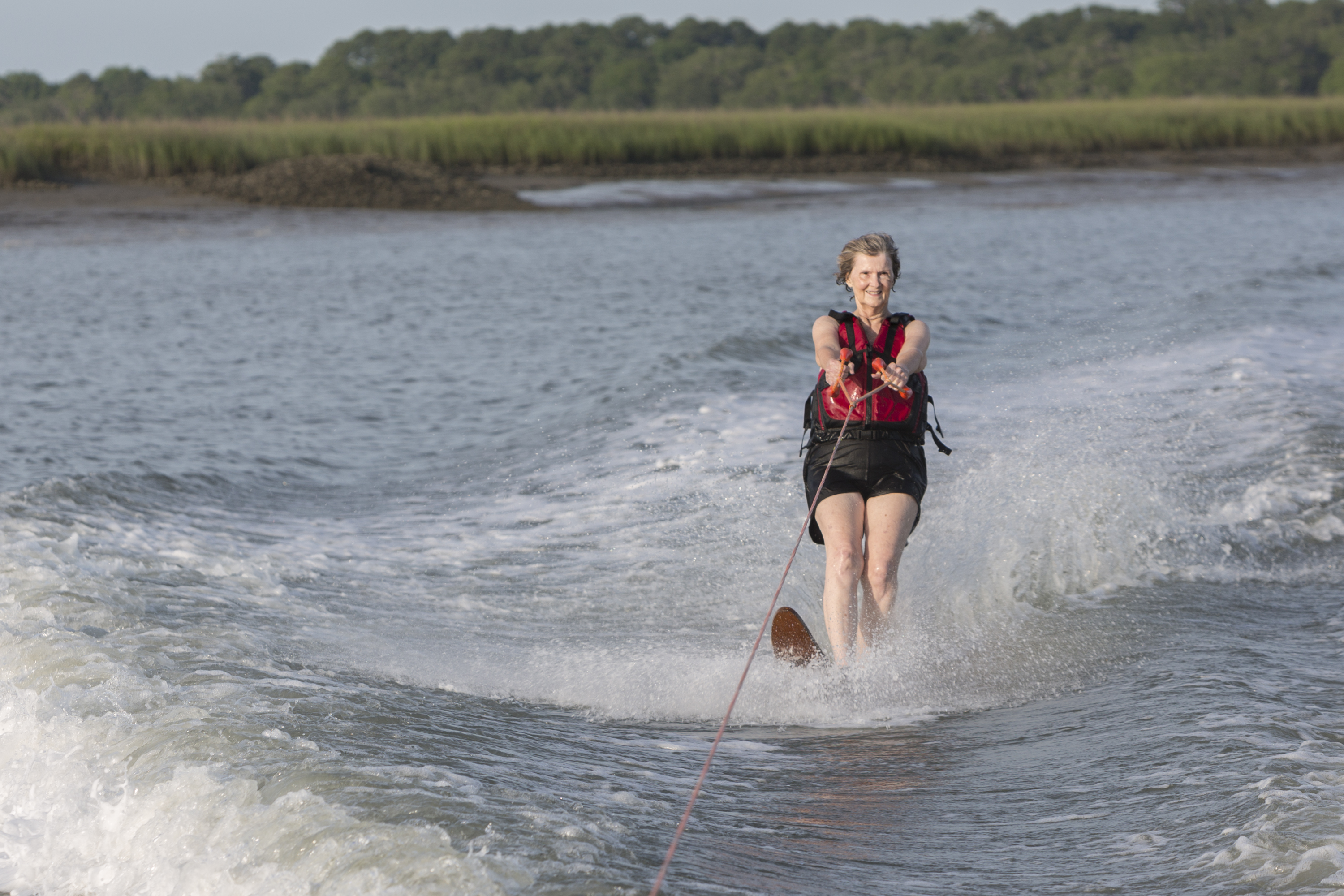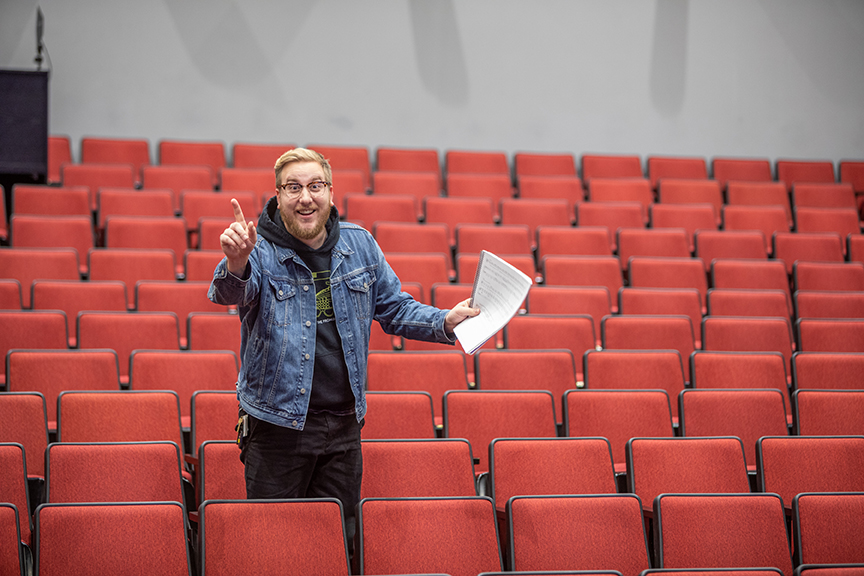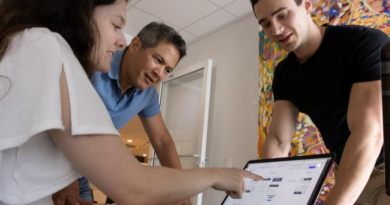WATER, WATER EVERYWHERE
Port Royal Sound Foundation Protects Beaufort’s Largest Resource
story by JEANNE REYNOLDS photos by SUSAN DELOACH
Quick: Stop reading and close your eyes. Now, try to imagine Beaufort without water. No marshes, no creeks, no beaches, no rivers (or what most of us call rivers — more on that later), no waterfront parks, no docks, no boats, no salty breezes.
Can’t do it, can you?
No wonder because water is what makes Beaufort so wonderful. The Port Royal Sound is a dynamic ocean channel between Beaufort and Hilton Head Island. It covers more than half the county and includes 200,000 acres of salt marsh — that’s nearly half the marshland in the entire state. Its watershed contains more than 2,000 miles of tidal creek and salt marsh shoreline, compared to 2,876 miles for the state’s entire outer coastline. Thankfully, the upland watershed that includes Jasper, Hampton, and Allendale counties, is modest in size, which means there are very few polluters upstream negatively impacting the Sound.
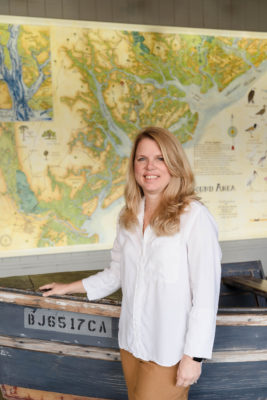
“Beaufort County surrounds the Port Royal Sound — it’s like our bathtub,” said Jody Hayward, executive director of the Port Royal Sound Foundation (PRSF), an organization created to preserve the Sound for the environmental, cultural, and economic well-being of the area.
“It’s unique because unlike areas with freshwater rivers that originate in the mountains or coastal plains, the tributaries of the Sound are actually tidal inlets fed by the Atlantic Ocean,” she explained.
That means the Broad, Beaufort, and Chechessee River aren’t rivers at all but extensions of the Atlantic Ocean, with the same saltwater and the same animals: sharks, stingrays, dolphins, and loggerhead turtles.
Education is Job One
“A lot of kids take our eco-boat tours and say they’ve never been on the water before,” Hayward said. “When they see their first dolphin or a bald eagle or get their feet stuck in pluff mud the first time, it’s life-changing. They become more connected to their unique environment.”
That reaction — and the understanding, appreciation, and love it triggers — is a first step in protecting the Sound. That’s why the PRSF’s Maritime Center on Okatie Highway focuses on education for kids and adults. The Center is a museum with aquariums and docks on the Chechessee River open to the public at no charge 10 a.m. to 5 p.m., Tuesdays through Fridays, and 10 a.m. to 4 p.m. on Saturdays. Hayward says the Center connects with visitors in five areas: ecology, history, culture, recreation, and art. Programs include animal encounters, art contests, scavenger hunts, crafts, storytime, and more, and is a favorite destination for experiential learning on school field trips. The next campus addition will be a new covered pavilion to expand educational opportunities with a pandemic friendly, outdoor meeting space.
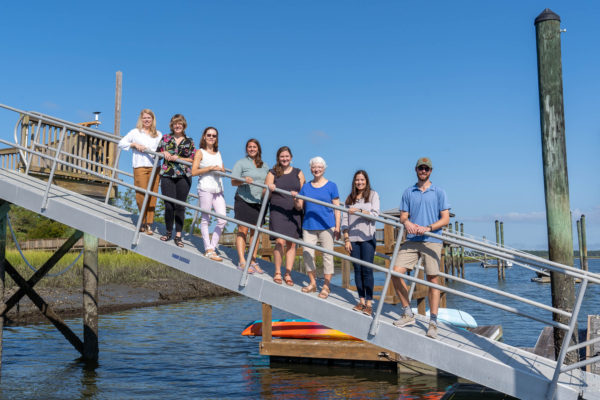
Living the Sound Life
Our waterways offer not only scenic beauty but also create a lifestyle for those who live and visit here — at the same time, fueling the economy through fishing, boat and dock businesses, tourism, and higher property values. Beaufort County is the third most popular tourist destination in the state, with 3 million visitors in the region annually generating a $1.48 billion economic impact, according to a 2019 study. And the Sound’s live oyster reefs and tidal mudflats support the state’s $159 million commercial fishing industry as a nursery habitat. The wetlands also buffer us from the effects of storms, erosion, and floodwaters, providing an estimated $363 million in coastal protection and $64.7 million in water quality protection a year.
The Port Royal Sound Foundation wants to return the favor.
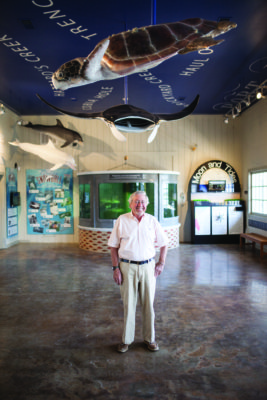
photo by JOHN WOLLWERTH
“People are drawn here because they love it,” said Dean Moss, chair of PRSF’s Board of Trustees. “This environment has a significant impact on them and on the long-term health of the community, emotionally, spiritually, and economically. Anything that can be protected should be, and I want to do anything I can to help.”
Moss has a long history of doing just that. After a hopscotch start with academic steps in agriculture and theater, and a stint in the Navy that took him to Vietnam, he spent his career in environmental fields — including water quality protection in Florida and Arizona, and 25 years at the helm of the Beaufort-Jasper Water Sewer Authority.
One of his goals is getting the Sound designated as a nationally recognized estuary, which would help bring together “resources and eyes” from federal, state, and local governments, chambers of commerce, environmental groups, and more.
“We’d be better able to look at and cooperatively address the whole region and the threats: stormwater runoff, overfishing of shrimp and crabs, lack of buffers between urban growth and the marshes,” Moss said.
Taking a Deep Dive
The need to learn what’s going on beneath the Sound’s surface and in the surrounding area — and how it’s changing over time — is now pushing research to the forefront for the Foundation.
“Is there a problem? We’re not doing enough research now to know,” Hayward said. “We want to prioritize research in the Sound to find out what we know, what we don’t know, and what we need to know.”
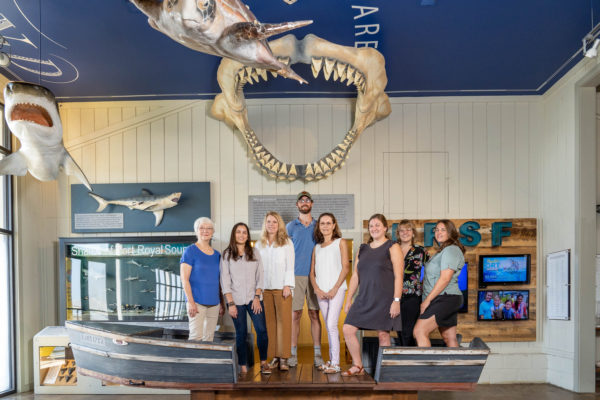
Being proactive is essential to protecting the future of the Sound, she added. “Once there’s a problem, there’s no reversing it. We want to do what we can to help prevent that.”
PRSF doesn’t plan to have researchers on its staff but instead partners with and funds others doing this work. A growing partnership with experts at the University of South Carolina-Beaufort is a prime example. Tye Pettay, assistant professor of biological oceanography, has been collaborating with the PRSF for about a year and a half, using its funds to monitor the water quality of the Sound.
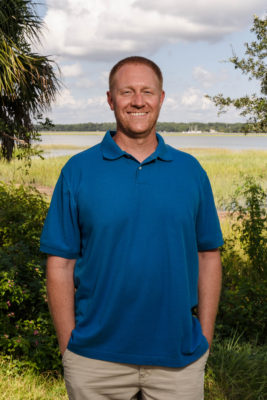
Biological Oceanography, USCB
“It’s been fantastic for our students and the research we’re conducting in my lab,” Pettay said. “Our interests align with PRSF’s goals. There are so many cool and interesting questions we can ask, and so much we don’t know. There’s a big knowledge gap, considering this is such a large body of water with a significant economic impact.”
A group of Pettay’s students has been sampling water for the past year and now are chugging through the data and combining it with historical data collected by the state Department of Health and Environmental Control, Department of Natural Resources, National Oceanic and Atmospheric Administration, and U.S. Geological Survey.
“We’re getting a baseline of data established, so we’ll know if it’s changing,” Pettay said. “What happens on the land ends up in the water. It’s too bad this work didn’t start 20 or 30 years ago when the county started developing — but we can do it now.”
The PRSF-USCB partnership is a natural fit, and the focus on research will help the Sound and help build the college’s burgeoning marine science program. Pettay said the program had its first marine biology student graduate this spring, and an increasing number of students are becoming aware of the program and switching to marine science majors.
Research efforts are also part of the Foundation’s campus master plan that includes a future research facility on its campus.
“We can become a center for research and attract scientists from all over the southeast and potentially all over the country,” Moss said. “It’s an evolving process, and we’re slugging away at it.”
Support for Night on the Sound
“That kind of expansion will require more staff — and more money too,” Moss said. A key piece of fundraising for research grants, Maritime Center programs and future facilities is the PRSF’s Seventh Annual Night on the Sound. This year’s virtual-only event launches with a video release party on Thursday, Oct. 14, premiering a new video with an in-depth look at the PRSF’s work and what it means to the Sound’s future. The event also signals a three-day online auction opening from 5:30 p.m. on Oct. 14 through 9 p.m. on Sunday, Oct. 17. Supporters can also support the Night on the Sound fundraiser by purchasing “no show” tickets to safely enjoy the evening at home or with friends. Ticket information is available on the PRSF website at http://bit.ly/prsfnots
The event is designed to raise both money and awareness, rallying support across the region.
“There are a lot of passionate, caring people here,” Hayward said. “We have to work together to prioritize and protect the Port Royal Sound for the good of our environment and our community.”
“Raising awareness shouldn’t be that hard,” Pettay added. “You’re surrounded by water wherever you go. If we don’t protect it, we’re going to lose a big part of what makes Beaufort unique.”
For more information about the PRSF or Night on the Sound, call the Foundation at (843) 645-7774 or visit www.PortRoyalSoundFoundation.org
